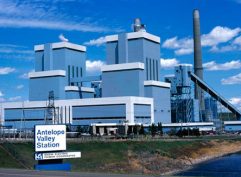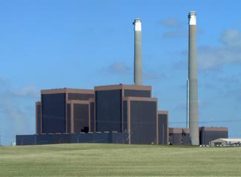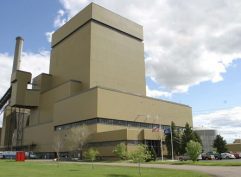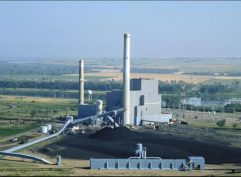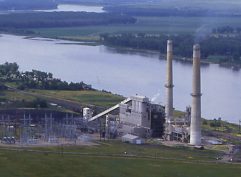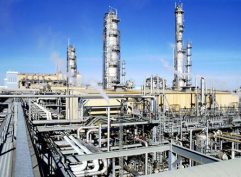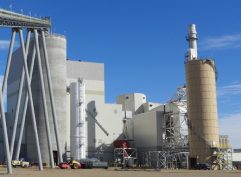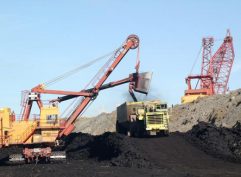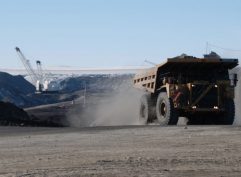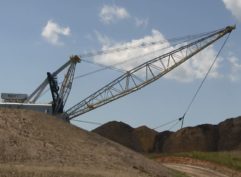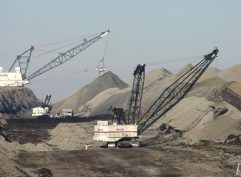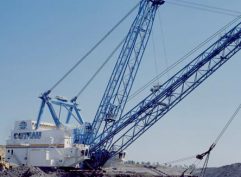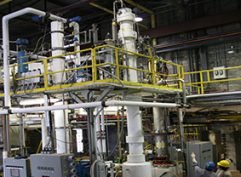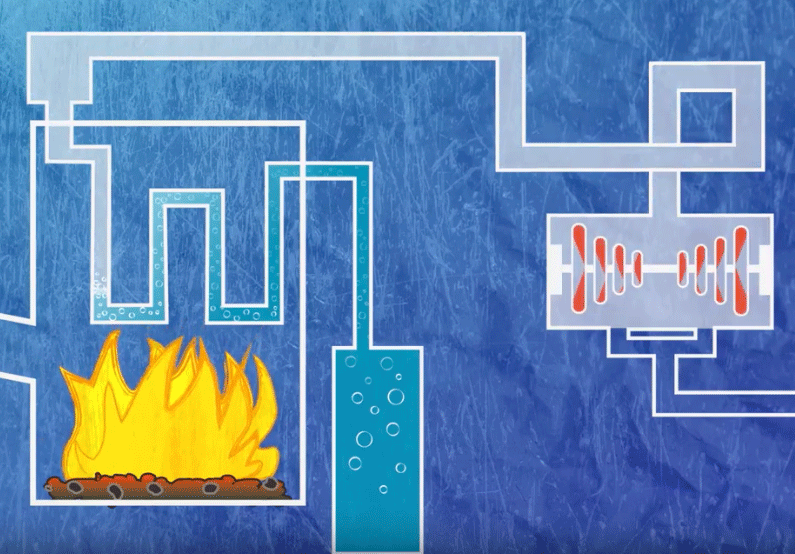New economic study shows impact of lignite industry on North Dakota
North Dakota’s lignite industry continues to provide economic benefits to the state through its high-paying jobs, business activity and tax revenue, says a recently released economic survey completed by the North Dakota State University Department of Agribusiness and Applied Economics.
Dean Bangsund, an NDSU research scientist who conducted the study, said North Dakota continues to realize significant economic benefits resulting from the $18 billion investment by the lignite industry. North Dakota benefits from five lignite mines, seven power plants, the Great Plains Synfuels Plant and approximately 300 contractor/supplier companies that provide goods and services to the mines and plants.
“The combination of in-state purchases of goods and services and employee payroll from firms involved in lignite-related activities generated a total business volume activity of $5.7 billion in 2017,” Bangsund said.
Another indication of the impact of the industry on North Dakota’s economy is state tax revenue resulting from companies involved in lignite-related activities. In 2017, estimated tax revenues were $130 million.
The lignite industry also is a large employer with 3,820 direct employees working at the mines, generation plants and electricity firms in 2017. Those employees and lignite industry spending also support another 10,200 secondary jobs in the state such as those who work for contractors and suppliers, retail trade, wholesale trade, food and entertainment, personal service and banking.
Here are some other significant findings from this year’s report:
- Average mining wages in Mercer County were $113,000 in 2017, increasing from $102,000 in 2015. Mercer County is the home of the nation’s largest lignite mine, The Coteau Properties Company’s Freedom Mine, The Coyote Creek Mining Co.’s Coyote Creek Mine and Dakota Westmoreland’s Beulah Mine.
- Average wages for electric production workers in 2017 averaged $109,000 annually. The combination of mining and electric production wages puts the lignite industry among those paying the highest wages in North Dakota, substantially higher than the state’s average wage of $50,313 in 2017.
“This NDSU economic survey clearly measures the consistently strong economic contributions of the lignite industry to North Dakota,” said Steve Van Dyke, vice president of communications for the Lignite Energy Council. “While the jobs within the industry are concentrated in Mercer, McLean and Oliver Counties, the economic benefits of this industry are felt throughout the state.”
Van Dyke noted that in 2017, the three counties – known collectively as Coal Country – were among the top 10 counties for annual wages in North Dakota.
Van Dyke also noted that besides the economic benefits, the state also receives affordable and reliable electricity from the lignite industry. Thanks to more than $2 billion invested in clean coal technology, the state is also one of only 15 states to meet all the federal government’s ambient air quality standards.
The study was commissioned by the Lignite Energy Council, a trade association representing the state’s lignite mines, which produced 29.1 million tons of lignite in 2017, along with the lignite-based power plants, the Dakota Gasification Company and contractor/supplier members representing many Main Street businesses in the state. Economic studies of the lignite industry have been produced by NDSU’s Department of Agribusiness and Applied Economics since 1982.
The Lignite Energy Council is a regional trade association representing North Dakota lignite producers, electric utilities and approximately 300 businesses providing goods and services to the mines and plants. The lignite industry generates approximately $5.7 billion in gross business volume within the state.


